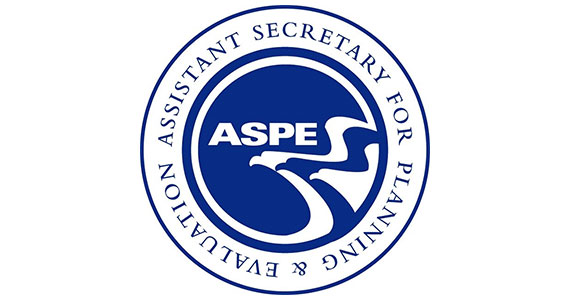OVERVIEW
Supporting families and individuals means understanding that their needs are complex, interrelated, and affected by the particular opportunities available in their environments. Integrated service approaches to prevent homelessness or involvement in systems like child welfare may be best positioned to succeed when they center families’ strengths, needs, and identities and when they coordinate access to resources and services—such as housing, physical and mental health care, food and nutrition, workforce development, and cash support.
HOW SITES IDENTIFIED PROGRAM PARTICIPANTS’ STRENGTHS AND NEEDS
Sites emphasized that engaging with participants in collaboration and coordination of eligible services was a critical foundation for developing trusting relationships with participants and identifying their strengths and needs. Building trust is especially important when systems have caused past harm to program participants and their communities. Six sites worked in partnership with families to set goals and identify services that met family- and individual-identified needs. Case managers and navigators in these sites not only helped to determine program participants’ eligibility for various internal and external services, but also administered assessments, provided referrals, and followed up with program participants to help them engage in services. Staff stressed the importance of approaching case management in a collaborative and supportive, rather than paternalistic, way. Boulder County IMPACT Partnership, for example, coordinated early intervention for children, youth, and their families across a range of services and providers in the areas of housing, health and mental health, education, and justice. Boulder County IMPACT Partnership staff used a care coordination model both to prevent families from becoming involved in multiple systems, such as child welfare and juvenile justice, and to work with families to address challenges that contribute to system involvement. The partnership’s model brought teams from different areas together to align services for specific families and adopted a common family assessment. Having this common assessment meant that families only needed to provide information once, avoiding the potential frustration and re-traumatization of having to share painful and humiliating information with multiple providers.
Assessments that centered on strengths and protective factors helped sites focus on families’ overall wellbeing, rather than narrow compliance-related requirements of specific programs or funding streams. To assess the well-being of their program participants, four sites used established frameworks such as the Cantril Ladder (Families First DC), the Protective Factors Survey (Oregon Family Support and Connections and Ohio Children’s Trust Fund), and the Strengthening Families Protective Factors Framework (Vermont Parent Child Center Network). These frameworks asked families about aspects of their well-being, such as family functioning, availability of social and concrete supports, and child development, that could protect against child abuse and neglect. In Ohio, for example, participants in the Triple P+ online parenting program completed an intake form and the Protective Factors Survey, which allowed program staff to determine a wide range of needs related to family well-being, including their eligibility for cash supports.
Sites’ definitions of well-being included connection to culture, family, or community; financial stability; healthy relationships; and engagement in meaningful activities. Sites’ assessment of aspects of individuals’ and families’ well-being focused on strengths and protective factors instead of weaknesses and deficits. It allowed service providers to build a stronger foundation of trust with program participants, which sites saw as a critical link to families engaging in initial and continued services. For example, Cook Inlet Tribal Council (CITC), which served indigenous people in and around Anchorage, Alaska, intentionally integrated cultural values into its work (Box 1). As a part of its approach, the organization framed services in terms of “wellness” instead of prevention because organizational leaders believed language around prevention may not be welcoming. According to CITC staff, “wellness” was more aligned with participants’ cultural definition of wellbeing than “prevention.” CITC also employed navigators who greeted individuals when they entered the building, administered its common assessment, provided warm handoffs to CITC services, and continued to check in with program participants throughout their involvement in services. CITC developed its navigation approach to help participants feel comfortable sharing their needs and to model values of connection, support, empathy, and compassion. This helped ensure families received the services they most needed and reinforced families’ continued engagement and partnership.

